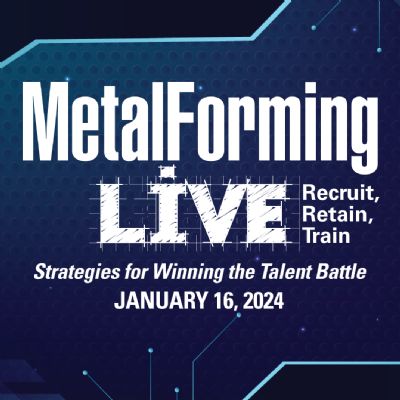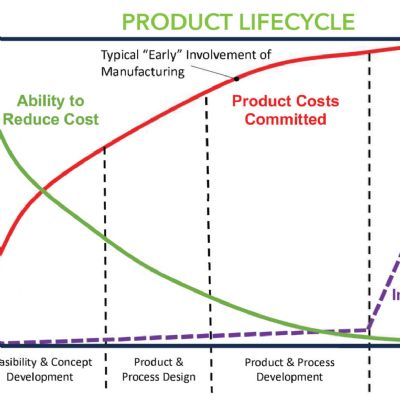• In Gomez-Perez v. Potter, does the Age Discrimination in Employment Act (ADEA) allow or bar federal government employees to bring retaliation claims where the language in the ADEA statute only gives retaliation remedies to private-sector employees, but omits that language for public-sector employees?
At the NLRB
• The board in a 3-2 decision in the case (December 16, 2007), ruled that employers can ban union solicitations on company e-mail systems (barring nonwork-related use of the e-mail system) as long as they don’t discriminate against union organizing and collective bargaining rights.
Companies should have counsel review their workplace e-mail policies for 1) clarity of what’s permitted or not and 2) to determine whether the policy and its application are nondiscriminatory. Union business cannot be selectively banned while all other types of
e-mail solicitations are allowed. The focus has to be on whether the policy is discriminatory. For samples of suggested non-discriminatory policies banning union solicitation, contact our office.
• Courts in four circuits have ruled that an employer must bargain with its unionizing workers under the National Labor Retaliation Act even though most of them are undocumented aliens, Agri-Processor Co., Inc. v. NLRB, January 4, 2007 (D.C. Cir.)
At the EEOC
• A nine percent increase in discrimination charges were filed with the federal Equal Employment Opportunity Commission (EEOC)—the largest reported jump since the early 1990s. While racial-discrimination claims lead the numbers, retaliation charges are the second leading source. Record new charges were filed over pregnancy discrimination. Double-digit increases in charges filed were reported in just about every type of statutory discrimination area.
• The EEOC issued its new final rule on retiree health benefits, allowing employers and labor unions to reduce or eliminate health benefits once retirees become eligible for Medicare or a comparable state-run benefit program without facing liability under the ADEA. This rule allows employers to take Medicare eligibility into account, thereby avoiding the shifting of dollars a from younger retirees’ benefit plans.
In the Workers’ Compensation Arena
U.S. immigration law does not bar state workers’ compensation law benefits going to illegal immigrants who file claims for workplace injuries. South Carolina’s Supreme Court ruled that illegal aliens can apply and be considered for workers’ compensation benefits. The state court in Curiel v. Environment Management Services, (December 20, 2007) reasoned that:
“Allowing benefits to injured illegal alien workers does not conflict with the Act’s policy against hiring them. To the contrary, disallowing benefits would mean unscrupulous employers would hire undocumented workers without the burden of insuring them, a consequence that would encourage rather than discourage the hiring of illegal workers.”
The Ohio Supreme Court upheld a state law that allows employers to recover paid workers’ compensation benefits (paid to an injured worker) from the employee’s successful products-liability-lawsuit damages. In the case of Groch v. General Motors Corp., (February 21, 2008), the employee sued the manufacturer of a trim press that reportedly injured his arm at work. The employer exercised its subrogation rights and claimed a lien interest against any third-party civil lawsuit damages obtained by the injured employee for the amount of workers’ compensation benefits paid to the injured employee.
At OSHA
OSHA, seeking to improve the availability and use of personal protective equipment (PPE), passed a safety regulation requiring employers to pay the cost of OSHA-required PPE. Effective May 15, all regulation-required PPE must be provided to workers at no cost. The rule does not apply to ordinary safety-toed footwear, prescription safety eyewear, logging boots, or clothing and weather-related gear.
As a side note, the U.S. District Court in Wisconsin held that the donning and doffing of employer-required safety equipment and sanitary protective clothing is not merely “changing clothes” under the Federal Fair Labor Standards Act, thus the time spent is compensable (for purposes of computing wages or overtime). Employees in a meat-processing plant were required to wear PPE such as hard hats, safety glasses, freezer coats, sanitary steel-toed boots, earplugs and aprons. Some of these items had to be put on by the employee before clocking in.
Intentional Torts
The Oklahoma Supreme Court, in Craft v. Graebel-Oklahoma Movers, Inc., ruled that an employee injured in a van he was driving when a seatbelt allegedly did not work could sue his employer because a knowing failure to provide working seatbelts could contribute an intentional tort. The court reasoned that the employee produced facts showing that company managers knew that many of the seatbelts in the company vans were broken and that the inspection report did not reflect the actual condition of the leased vans. The court indicated that the initial evidence presented by the plaintiff could support a retaliation inference that employees who complained were not assigned jobs.
Other Civil Torts Involving Employees
Lawyers USA newspaper (March 10, 2008) reported a Georgia case settlement of $5.2 million by International Paper Co., whose employee allegedly caused a vehicle accident while driving and talking on a company cell-phone. The employee, during work hours, allegedly was driving her car with her cruise control set at 77 mph in a 70 mph zone and rear-ended the plaintiff’s vehicle, producing major multiple injuries to the plaintiff. The employee claimed she hung up the cell-phone before getting on Interstate 16, but a passing truck driver claimed he saw that she did have the phone up to her head. The employee claimed she didn’t remember the last mile before the crash. The company reportedly had a cell-phone policy requiring the use of hands-free headsets while driving. MF
Technologies: Management







 Podcast
Podcast
 Webinar
Webinar